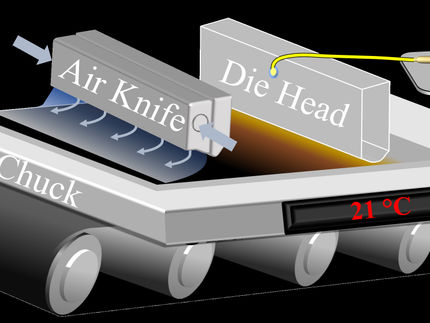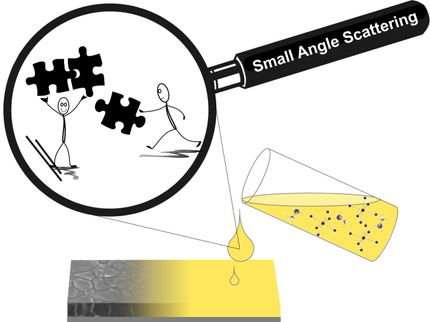Pinpointing promise of polycrystalline perovskites
Advertisement
A team of scientists from the Energy Department's National renewable energy Laboratory (NREL) determined that surface recombination limits the performance of polycrystalline perovskite solar cells.
Considerable research into perovskites at NREL and elsewhere has proved the material's effectiveness at converting sunlight into electricity, routinely topping 20 percent efficiency. The sunlight creates mobile electrons whose movement generates the power but upon encountering defects can slip into a non-productive process. Known as a recombination, this process reduces the efficiency of a solar cell. For the cell to be the most efficient, the recombination must occur slowly.
With prior studies into perovskites focusing on bulk recombination, one area left unexamined until now concerned the surface recombination in lead iodide perovskites. NREL's scientists determined recombination in other parts of a methylammonium perovskite film isn't as important as what's happening on the surface, both the top and bottom.
Matthew Beard and his colleagues within NREL's Chemistry and Nanoscience Center studied surface recombination in single-crystal and polycrystalline films using transient reflection spectroscopy. Their findings show that top and bottom surfaces limit carrier lifetime in lead iodide perovskite films.
"What's important is to know where the recombination is coming from," said Beard, lead author of the research paper. "There are multiple sources of possible recombination. In order to improve your device, you're asked to get rid of all non-radiative recombination. Typically people forget about surfaces. They think about grain boundaries. They think about bulk defects and so forth."
Beard said the research determined surface recombination emerged as an obstacle to overcome. Surface recombination directly affects the performance of a photovoltaic device. The ability to engineer surfaces stands poised to benefit perovskite-based optoelectronic applications. A fast surface recombination can be used to design photodetectors, while lasers and light-emitting diodes require a slower speed.
A second study using high-resolution fluorescence-lifetime imaging, also showed that surface recombination is the determining factor instead of grain boundary recombination.
The researchers compared two types of samples: single crystals and polycrystalline films. Surprisingly surface recombination is worse for single crystalline samples compared to the polycrystalline samples found in solar cell devices. Chemically, excess methylammonium iodide was present on the surface of the polycrystalline film but absent on the single-crystal sample.
"That seems to help," Beard said. "The single crystal has a lead-rich surface and a faster surface recombination."
The research suggested a light coating of a protective material on the surface of the polycrystalline thin films could further improve the performance of perovskite solar cells.
Original publication
Other news from the department science
Most read news
More news from our other portals
See the theme worlds for related content
Topic World Spectroscopy
Investigation with spectroscopy gives us unique insights into the composition and structure of materials. From UV-Vis spectroscopy to infrared and Raman spectroscopy to fluorescence and atomic absorption spectroscopy, spectroscopy offers us a wide range of analytical techniques to precisely characterize substances. Immerse yourself in the fascinating world of spectroscopy!

Topic World Spectroscopy
Investigation with spectroscopy gives us unique insights into the composition and structure of materials. From UV-Vis spectroscopy to infrared and Raman spectroscopy to fluorescence and atomic absorption spectroscopy, spectroscopy offers us a wide range of analytical techniques to precisely characterize substances. Immerse yourself in the fascinating world of spectroscopy!


































































